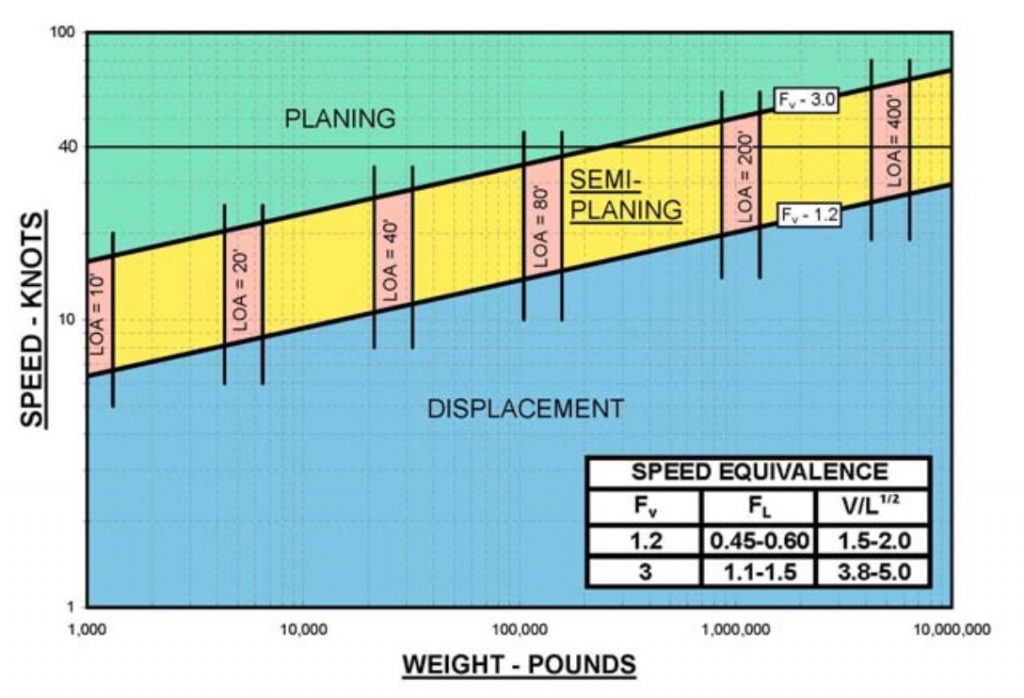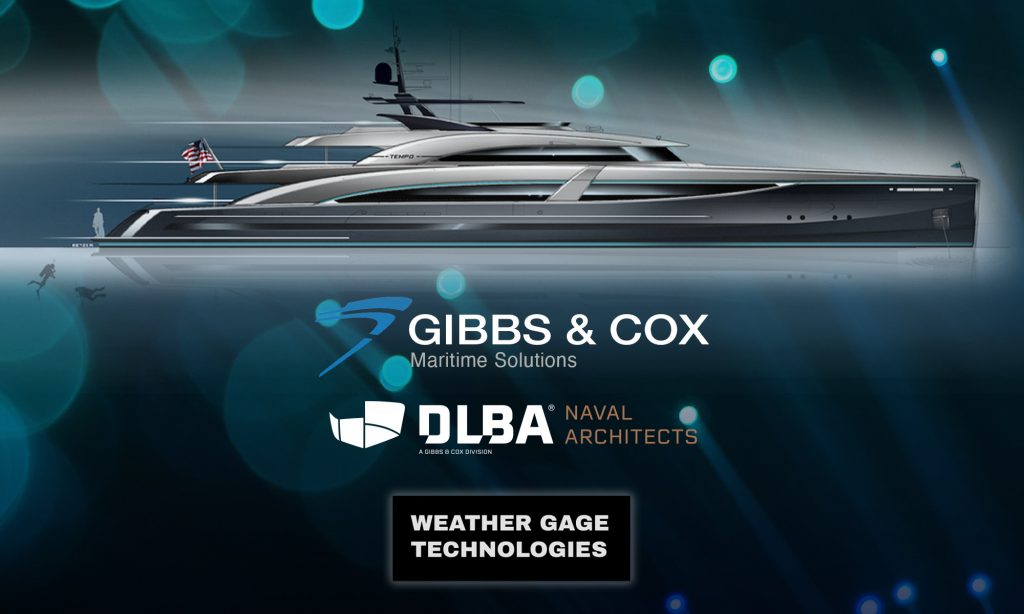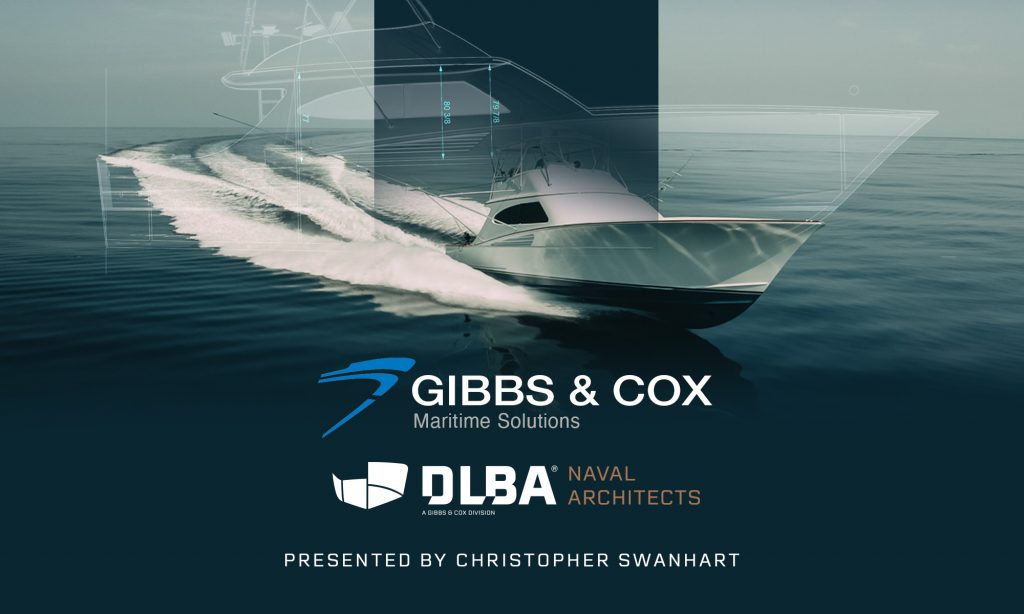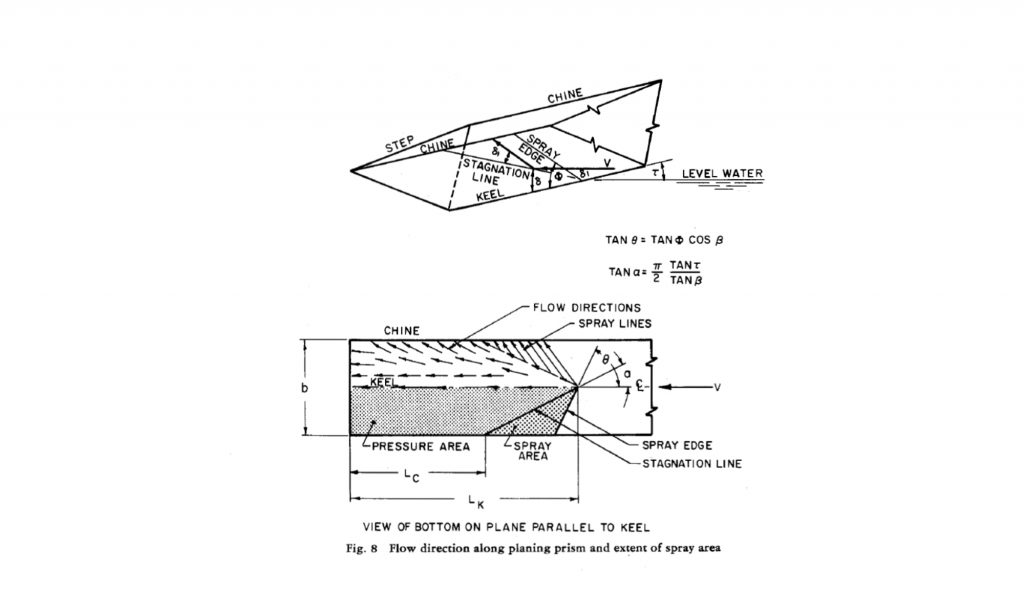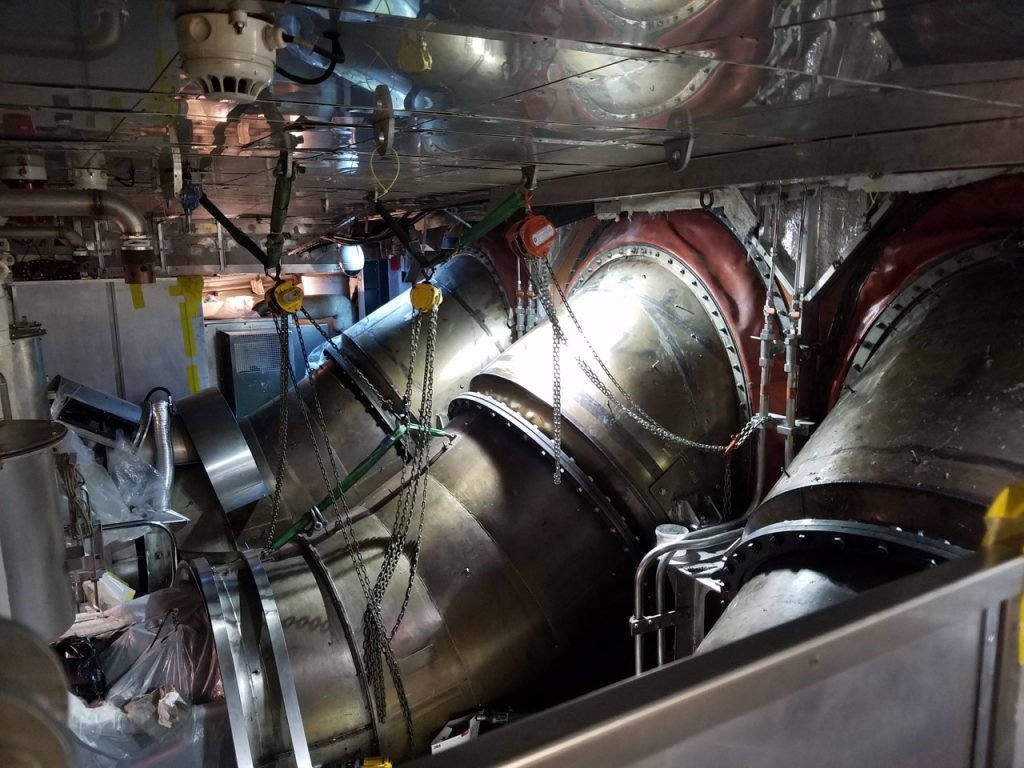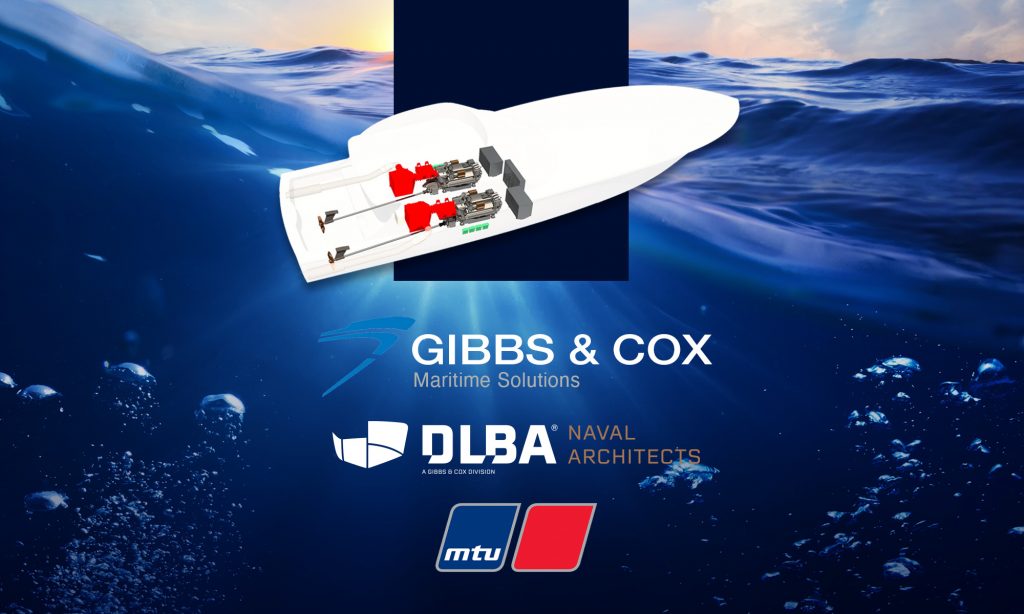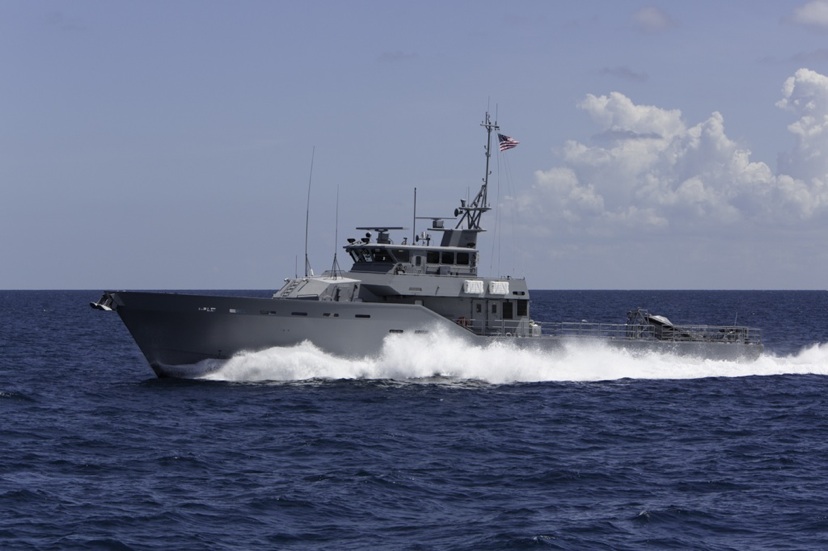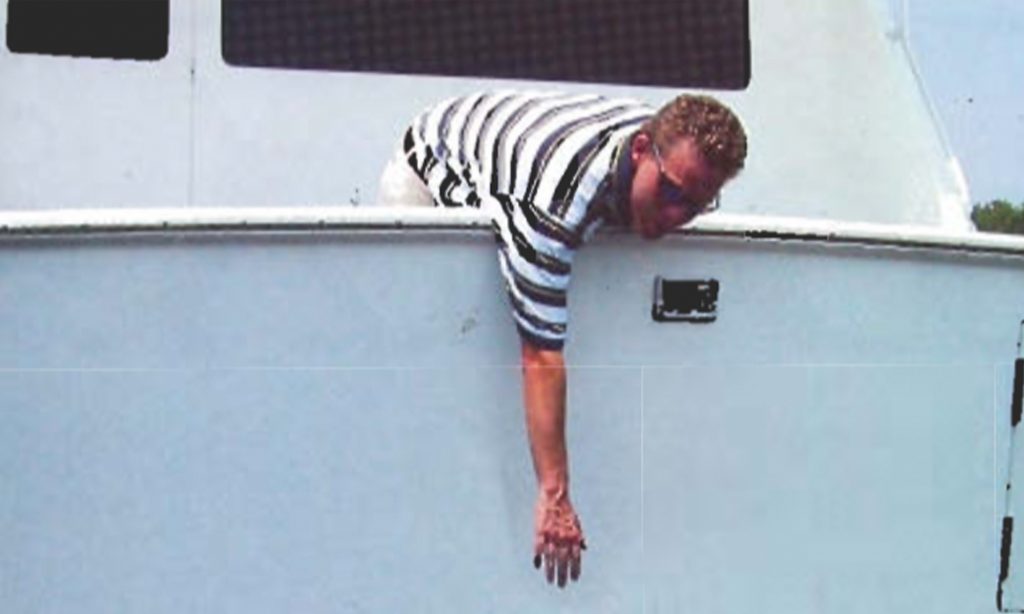When you think about high speed craft, like the two projects SeaForce 410 CC and the CFD simulations for Scout Boats, one question that should flash through the designer’s mind is: “Will she become airborne?” This is an important question to know the answer to as it significantly increases structural loading on the hull structure and other components.
Read More
Our team has the pleasure of supporting many clients in the definition phase of their projects. In these early on, low maturity efforts, we have discovered the need to be able to produce relatively accurate design/product information in a short amount of time with little known information.
Read More
Earlier this year DLBA unveiled a 58-meter, artificial intelligence-powered superyacht concept, TEMPO. Now DLBA is expanding on the improved safety, efficiency, and reliability the superyacht industry can expect from AI in an upcoming webinar which the team invites you to join.
Read More
Ship performance is dependent upon resources from ship auxiliary systems that include ship electrical, chilled water, low pressure air, and hydraulic systems. Modern control systems have greatly improved ship survivability over traditional man in-the-loop control.
Read More
Running in water makes every boat wet on some level. But, usually, the passengers do not want to experience this wetness. A dry ride is a critical component in a good design, but it is a subjective variable – opinions of the ride can vary greatly.
Read More
very Naval Architect who designs planing craft has heard of Daniel Savitsky and his contributions to the field of Hydrodynamics. His 1964 paper, “Hydrodynamic Design of Planing Hulls” is an important piece of work that should be in everyone’s toolkit.
Read More
The two fastest yacht projects we’ve collaborated on at DLBA stand out from the norm due to the use of gas turbine power plants. In this paper, we outline the engineering effort undertaken to develop the gas turbine exhaust and machinery space ventilation system for one of these special projects.
Read More
As of January 1st, 2021, yachts under 500 gross tons will no longer be exempt from IMO Tier III. This means that vessels will have new requirements imposing stringent limits with regards to Nitrogen Oxides (NOx) levels in the exhaust of marine diesel engines.
Read More
Almost all boat owners and operators today are looking for cost reductions. If the owner has a fleet of boats, they are additionally looking for ways to complete the same cost reduction mission, by reducing the number of boats needed in the first place.
Read More
A struggle with weight is almost universal – whether it applies to our waistlines, our luggage, or our boats. When it comes to a vessel’s weight, it’s not just the weight itself that’s important but also the center of gravity.
Read More

